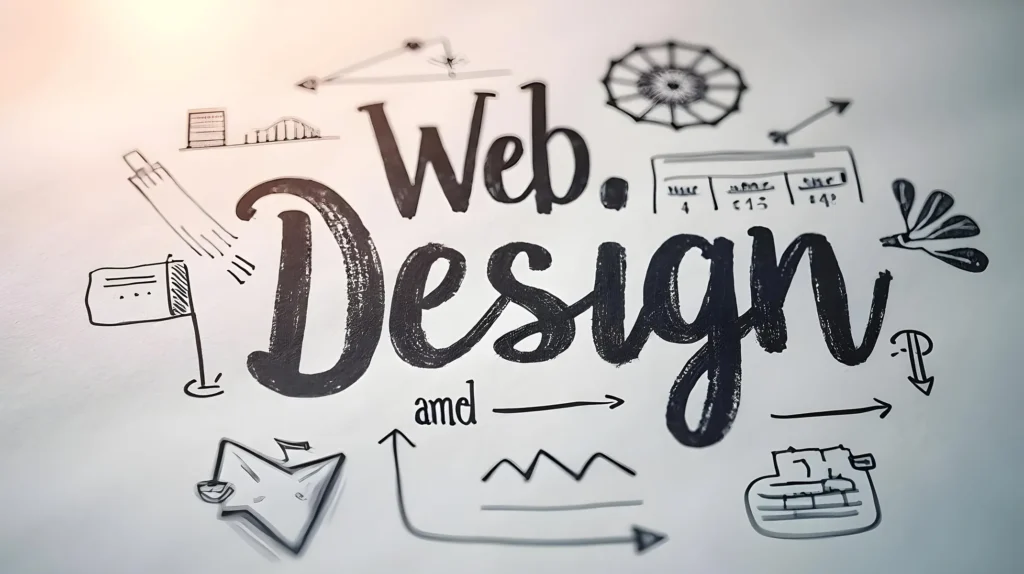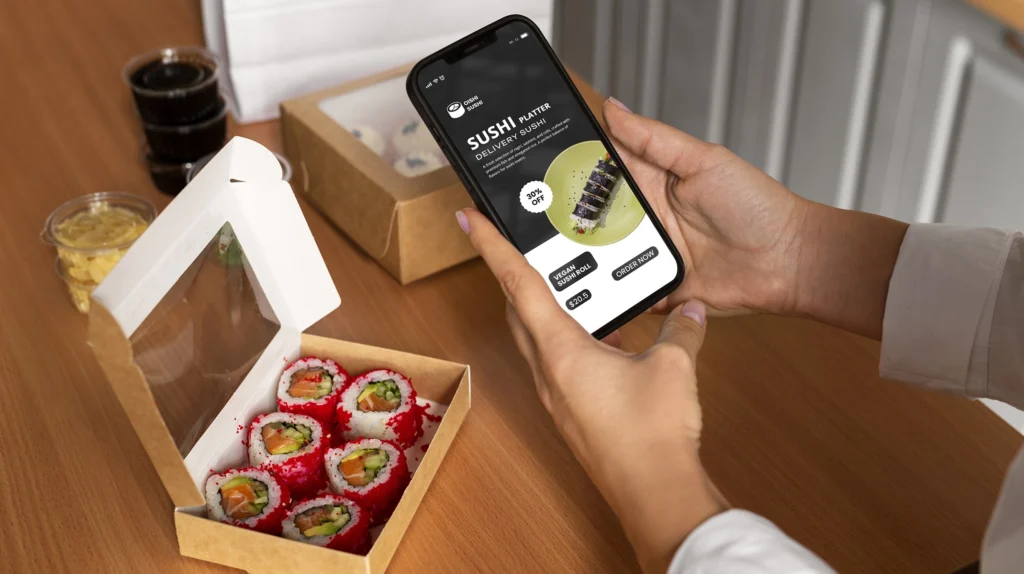Logo: A logo is a graphic representation, symbol, or icon that visually represents a company, organization, product, or service. It is a distinctive and recognizable design that helps identify and distinguish the entity from others. A logo typically includes unique colors, shapes, and typography, making it a crucial part of a brand’s visual identity. It serves as a shorthand way for people to recognize and remember a brand.
Brand: A brand is a much broader concept that encompasses the overall perception, reputation, and emotional connection that people have with a company, organization, product, or service. It is the sum total of the experiences, values, and attributes associated with a particular entity. A brand includes not only the visual elements like logos, colors, and design, but also the brand’s voice, personality, values, culture, customer service, and the emotions it evokes in its target audience.
In essence, a logo is a tangible and visual representation of a brand, while a brand is a more intangible and holistic concept that encompasses everything associated with that entity.
To build a strong brand, it’s crucial to have consistent and well-designed visual elements like a logo, but it’s equally important to focus on other aspects of branding, such as messaging, customer experience, and brand positioning. A successful brand creates a positive and memorable impression on its target audience, establishing trust and loyalty over time.





